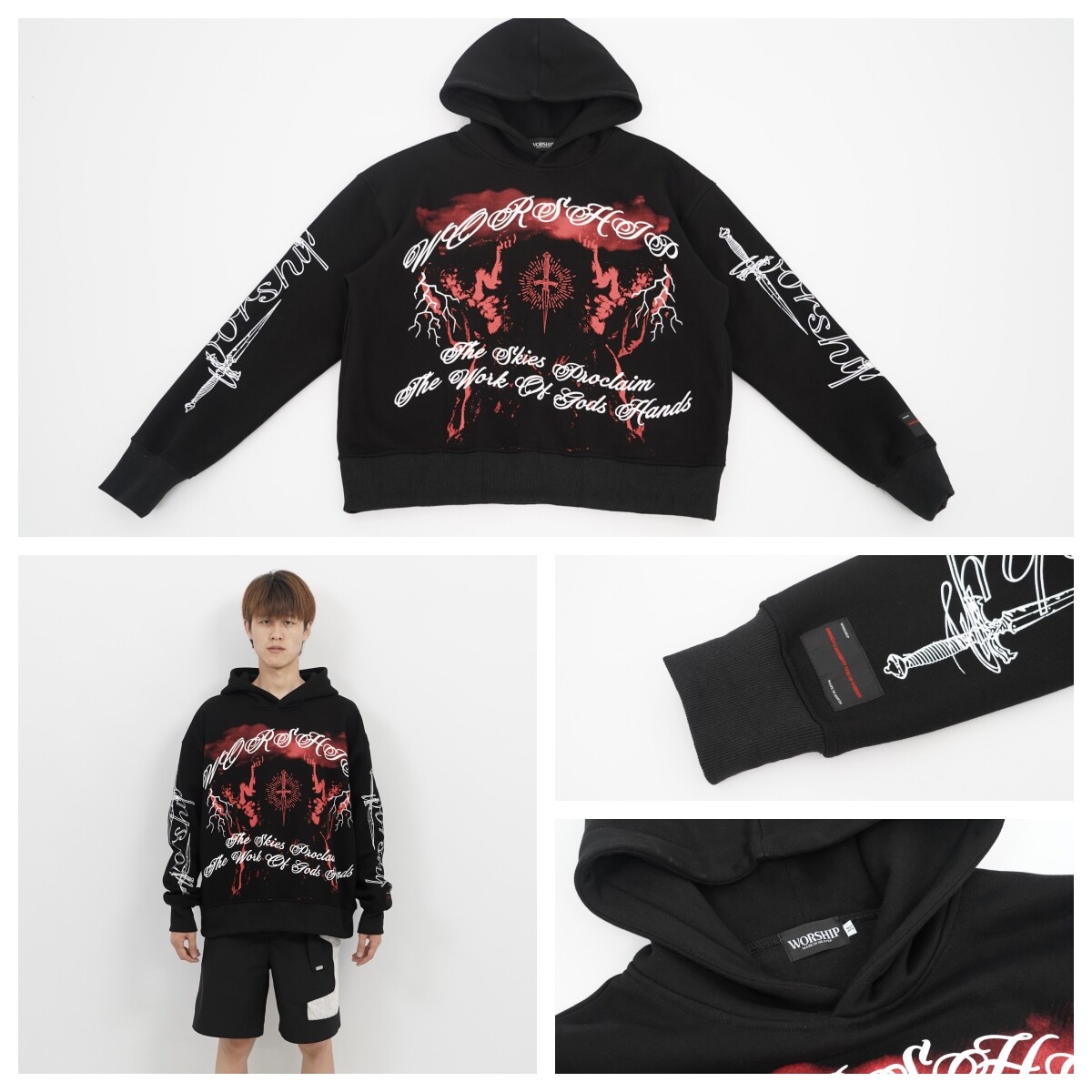Language
Currency


Fashion is an ever-evolving industry, constantly introducing new trends and innovations. One of the most exciting developments in recent years is the emergence of 3D foam hoodies. These futuristic garments combine cutting-edge technology with bold design, offering a unique blend of style and comfort. In this blog, we’ll dive into the world of 3D foam hoodies, exploring their origins, the technology behind them, and why they’re becoming a must-have item. We’ll also take a closer look at the role of the 3D foam hoodie factory in bringing these innovative products to market.
3D foam hoodies are a revolutionary type of apparel that incorporates foam into their construction to create a three-dimensional texture and structure. Unlike traditional hoodies, which rely on flat fabrics, these hoodies use specially engineered foam to add depth and volume. The result is a striking visual effect that makes the hoodie stand out from the crowd.
The foam used in these hoodies is lightweight and flexible, ensuring that the garment remains comfortable to wear. It can be molded into various shapes and patterns, allowing designers to experiment with a wide range of creative possibilities. This combination of comfort and creativity is what makes 3D foam hoodies so appealing to fashion-forward individuals.
The creation of 3D foam hoodies involves advanced manufacturing techniques that blend traditional textile craftsmanship with modern technology. At the heart of this process is the 3D foam hoodie factory, where skilled technicians and designers work together to bring these garments to life.
The process begins with the design phase, where concepts are sketched out and translated into digital models. These models are then used to create molds that will shape the foam into the desired patterns. The foam itself is a high-performance material, often made from polyurethane or similar compounds, which can be easily manipulated while maintaining its structure.
Once the foam pieces are created, they are integrated into the hoodie’s fabric. This requires precise cutting and stitching to ensure that the foam elements are securely attached and that the overall garment retains its shape. The final product is a hoodie that combines the softness and flexibility of traditional fabrics with the bold, eye-catching textures of 3D foam.
There are several reasons why 3D foam hoodies are gaining popularity among fashion enthusiasts:
1. Unique Aesthetic: The three-dimensional textures and patterns created by the foam make each hoodie a piece of wearable art. This uniqueness appeals to individuals who want to make a bold fashion statement.
2. Comfort: Despite their intricate designs, 3D foam hoodies are surprisingly comfortable. The foam is lightweight and flexible, allowing for a full range of movement without feeling bulky or restrictive.
3. Versatility: These hoodies can be styled in various ways, making them suitable for different occasions. Whether you’re dressing up for a night out or keeping it casual, a 3D foam hoodie can fit the bill.
4. Innovation: Wearing a 3D foam hoodie signals that you’re on the cutting edge of fashion. It’s a way to showcase your appreciation for innovative design and technology.
The production of 3D foam hoodies is a fascinating process that combines artistry with precision engineering. At the 3D foam hoodie factory, every step of the production process is carefully monitored to ensure the highest quality standards.
The factory is equipped with state-of-the-art machinery that allows for precise cutting and molding of the foam materials. Skilled technicians oversee the operation of these machines, ensuring that each piece is crafted to perfection. Once the foam elements are ready, they are meticulously integrated into the fabric of the hoodie, with each stitch carefully placed to maintain the garment’s integrity and design.
One of the key aspects of the production process is quality control. Each hoodie undergoes rigorous testing to ensure that it meets the required standards for durability, comfort, and design. This attention to detail is what sets the products of a dedicated 3D foam hoodie factory apart from mass-produced garments.
As the fashion industry continues to evolve, 3D foam hoodies are poised to become a major trend. Advances in technology will likely lead to even more innovative designs and production techniques, further enhancing the appeal of these garments.
One exciting possibility is the integration of smart technology into 3D foam hoodies. Imagine a hoodie that can change its texture or color based on your preferences or the environment. This could be achieved through the use of smart materials and embedded sensors, adding a new layer of interactivity to the garment.
Another potential development is the use of sustainable materials in the production of 3D foam hoodies. As consumers become more environmentally conscious, there will be a growing demand for fashion that is both stylish and eco-friendly. By using biodegradable or recycled materials, manufacturers can create 3D foam hoodies that have a lower environmental impact.
3D foam hoodies represent a thrilling intersection of fashion, technology, and innovation. These garments offer a unique aesthetic, unparalleled comfort, and the opportunity to make a bold style statement. With the dedicated efforts of the 3D foam hoodie factory, these cutting-edge designs are becoming more accessible to fashion enthusiasts around the world.
As we look to the future, it’s clear that 3D foam hoodies have the potential to reshape the fashion landscape. Whether through the integration of smart technology or the use of sustainable materials, these hoodies are set to remain at the forefront of style and innovation. So, if you’re looking to elevate your wardrobe and make a statement, a 3D foam hoodie might just be the perfect addition.
Email format error
Email cannot be empty
Email already exists
6-20 characters(letters plus numbers only)
The password is inconsistent
Email format error
Email cannot be empty
Email does not exist
6-20 characters(letters plus numbers only)
The password is inconsistent